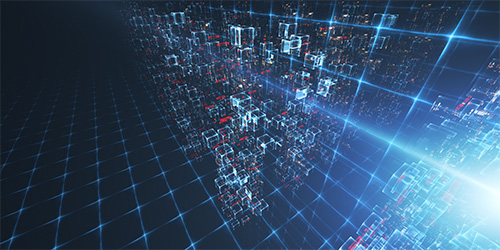It would be hard to overstate the world’s concern with critical infrastructure as of late. Whether it’s Ukraine’s nuclear plant or stressed electrical grids throughout the southern United States, the potential chaos that could erupt from power, water and utility infrastructure failures is top-of-mind for political and business leaders everywhere.
Cybersecurity experts are right there with them. Critical infrastructure is a favorite target of hacktivists, rogue states and other political actors, and plain-vanilla cybercriminals. This is especially true for electric, gas and water utilities, which Moody’s Investors Service rates as the sector with the highest risk of cyberattacks in its fall 2022 Cyber Heatmap.
Securing Critical Infrastructure
While no cyberattack is good, some are worse than others. Attacks on hospitals, for example, can escalate the stakes to literal matters of life and death. Infrastructure attacks can be even more serious, especially if they’re prolonged.
Key considerations for energy and utility firms include security for:
- Corporate Infrastructure: Corporate IT networks in power and utility providers contain private and proprietary data and systems, including enterprise resource planning (ERP), financial information, supply chain and partner information and access, and information about vital physical infrastructure.
- Power Generation: High-value assets and infrastructure like power plants (e.g., coal, gas, hydroelectric and nuclear), solar and wind farms and water and sewage treatment facilities have complex cyber and physical security needs.
- Transmission: In the cybersecurity space, we often talk about expansive and expanding attack surfaces as digitization, cloud adoption and other trends that create greater business efficiencies also create more opportunities for bad guys. In the energy and utility space, those risks include expansive physical infrastructure for electricity, water and sewage transmission.
- Distribution: Similarly, the distribution infrastructure that delivers services presents both physical and digital attack surfaces, with the latter bolstered by movement toward autonomous substations and Industrial IoT devices for “smart” metering.
Aside from these considerations, utilities also must be concerned with customer experience beyond the obvious customer dissatisfaction associated with the loss of vital services. Like all entities, the utility space must provide customers with digital options for service orders, payment, trouble-ticketing, and customer service. Every piece of it, including sensitive data, must be secured.
The Single Best Protection is a Single-Vendor Solution
At Secure Network Hub we talk a lot about the merits of a single-vendor solution. Security and networking solutions are more effective when they integrate natively to create a protective security fabric that covers all infrastructure, apps, edges and endpoints. The single-vendor approach also reduces management complexity for your MSSP and your customers. And it can dramatically lower costs even as performance improves.
These benefits become more pronounced amid increased risk and complexity, both of which are significantly heightened for energy and utility firms.
TIP: A key differentiator to look for when sourcing a vendor for your energy and other utility clients is the ability to deliver ruggedized appliances like switches and next-generation firewalls that can withstand extreme heat, cold and electrical interference.
More Information
Fortinet has put together an information page, including an interactive widget that details security solutions and benefits, that you can review with your energy and utility prospects and clients. Check it out here.

